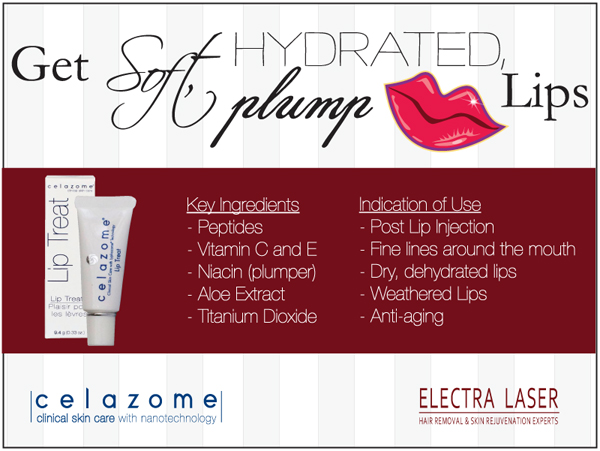SPF – Your Best Defense This Summer
 Our skin is our largest organ, which means it is important to take good and proper care of it. SPF is the best way to do this, making SPF the most important step in your skincare routine. It protects your skin from the harmful and damaging effects of UV rays from the sun. A common misconception when it comes to wearing SPF is that it is only needed on hot, sunny days, when you plan to be laying at the beach. While it is important to wear your SPF to protect you from burns the UVB rays can give us, it is also important to protect your skin from the damage UVA rays can give us, as well.
Our skin is our largest organ, which means it is important to take good and proper care of it. SPF is the best way to do this, making SPF the most important step in your skincare routine. It protects your skin from the harmful and damaging effects of UV rays from the sun. A common misconception when it comes to wearing SPF is that it is only needed on hot, sunny days, when you plan to be laying at the beach. While it is important to wear your SPF to protect you from burns the UVB rays can give us, it is also important to protect your skin from the damage UVA rays can give us, as well.
What is the difference between UVA and UVB rays, and why does it matter? UVB rays are present on sunny days, they are the rays responsible for burning our skin, which develops over the span of a few hours, meaning, if we skip our sunscreen, it won’t take long for us to face the consequences. UVB rays are very damaging to the top layers of our skin, and damage skin cells, which can lead to DNA mutations and even skin cancer. This is why it is important to keep our skin protected while out in the sun to keep our skin safe and healthy.
But what about UVA rays? UVA rays make up nearly 95% of UV rays that make it to earths surface, and penetrates deeper into our skin, even getting to us through windows. UVA rays present year-round, whether it is sunny, rainy, or cloudy, and they do more damage to your skin than you may think. While UVA rays are responsible for tanning our skin, and is the primary output of tanning beds, it is also doing a lot more damage than just that. However, we don’t see the damage done until far later, which makes a lot of people not think, or worry about the effects that UVA rays have on skin. UVA damage can take months, or even years to present themselves on our skin, so it is important to wear SPF to protect ourselves from this “invisible” damage before it is too late. UVA rays are responsible for premature aging, sun spots and pigmentation, and fine lines and wrinkles, damaging the collagen and elastin in our skin and generating free radicals.
So now we know the damage UV rays can do, we know we need to apply our SPF to keep us safe. But what is SPF, and how does it protect us? SPF stands for Sun Protection Factor, and is a measurement for the amount of time SPF will keep you protected from UV rays. We need a broad-spectrum sunscreen to protect us against both UVB and UVA rays. SPFs that are not broad-spectrum only offer protection against UVB rays, so looking for broad-spectrum is an important factor when choosing sunscreen. SPF 30 blocks 97% of UV rays. If it takes you 15 minutes to burn without a sunscreen on, the protection of SPF 30 means it will take 30x longer for the UV rays to penetrate. Higher SPF does not offer higher or more protection from the sun, it just gives a longer timeframe that the SPF will work. However, sweat, water, lotions and makeups, and oils from our body do have an impact on our SPF, meaning it will fade away much quicker than anticipated, and you should be reapplying your SPF every few hours regardless. There are two different types of sunscreens that protect us – physical, and chemical. Physical sunscreens (mineral zinc oxide or titanium oxide) sit on top of the skin to shield it and reflect UV rays away, while chemical sunscreens contain chemicals that actually absorb the suns UV rays, converting them to heat which is then released from the body.
Not only does sunscreen help protect you from burning and premature aging, it keeps us protected from more serious complications from the sun, such as skin cancer, which is one of the most common forms of cancer. SPF plays a significant role in keeping our skin healthy, which is why it is important to wear it every single day. As the warmer weather begins, and we are spending more time outside, it is vital to remember the benefits protecting your skin has while planning your day at the beach, on the mountain, or at the park.

